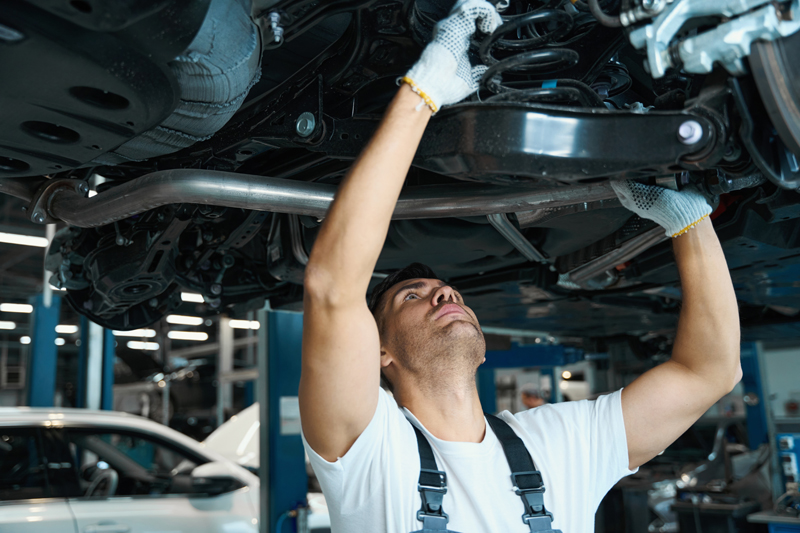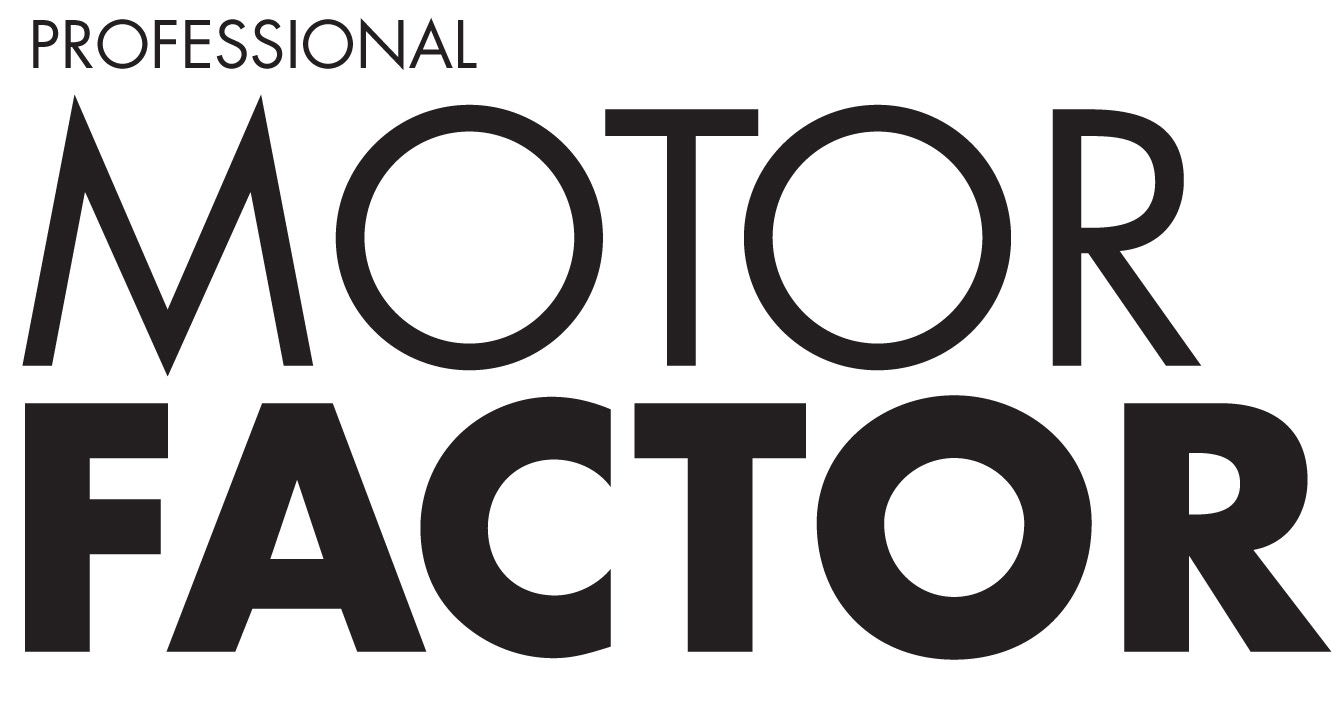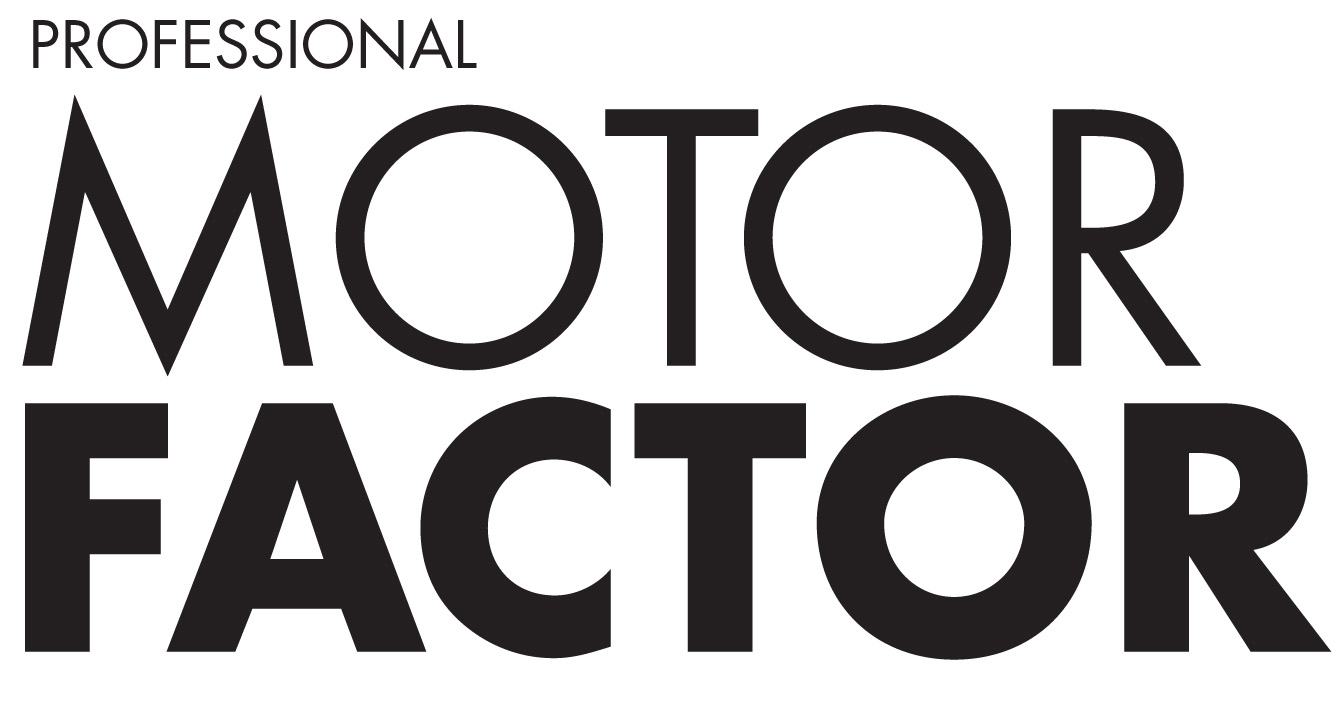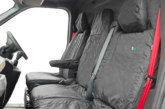Dayco discuss suspension sales in an EV world

Despite the rise of EVs, demand for steering and suspension parts continues – offering independents a reliable, long-term revenue stream. That’s the message from Dayco, and here’s its national sales manager, Ann-Marie Dean, who offers some intriguing insights.
Although independents need to be ready and react to the growth in EV sales, steering and suspension components are one of the few product groups that are not threatened by it, as whatever the powertrain, vehicles still need to absorb bumps and imperfections in the road and steer around corners. This means that demand for replacement components will be one of the few constants for the long term.
In common with many other parts, the requirement for replacement steering and suspension components occurs automatically, due to wear generated by using the vehicle, but is also exaggerated by its age, which is another factor moving in the favour of the independent sector, as the average age of a car is now around 10- years-old.
However, what distinguishes this product group is that the demand is further stimulated by the generally poor state of the roads, as it’s these parts that must isolate the vehicle’s occupants from the consequences of driving through potholes, over speed humps and up aggressive kerb stones, and they often suffer as a result.
Interestingly, in common with the heavy demands they put on their tyres, due to their greater weight, it is likely that the typical EV will be even more vulnerable to the condition of the road network, so you should be highlighting to your workshop customers the potential this presents them.
Regular Inspections Important
With this in mind, and due to the vital role they play in ensuring the correct handling, stability and comfort, steering and suspension components are critical for vehicle safety, so regular inspection is a necessity because, over time, normal driving conditions cause wear and tear on these systems.
This will lead to potential issues, such as unstable handling, excessive tyre wear and loss of ride comfort and steering control; therefore, regular inspection and maintenance are essential to maintain performance and safety.
Most VMs recommend inspecting steering and suspension components every 36,000 miles or 36 months; however, we believe it’s best to perform checks more frequently whenever the opportunity arises, such as during brake servicing or whenever tyres are changed, which are in addition to the checks already stipulated for an annual MOT. Naturally, should the owner report that their vehicle handles irregularly or reacts unpredictably to road imperfections, an immediate examination of the steering and suspension components is particularly important.
“Wear in Unison”
Another important safety message to reinforce is that even though components wear continuously during normal use, they also wear in unison and although that does gradually affect steering performance and ride quality, it’s not normally noticeable to the occupants day-to-day. However, if a wishbone or stabiliser, for example, is replaced on just one side of the vehicle, it will have an adverse effect on the vehicle’s handling as, in effect, its geometry has been altered on one side and not the other, which can potentially cause problems. So, these components should be supplied and fitted in pairs.








